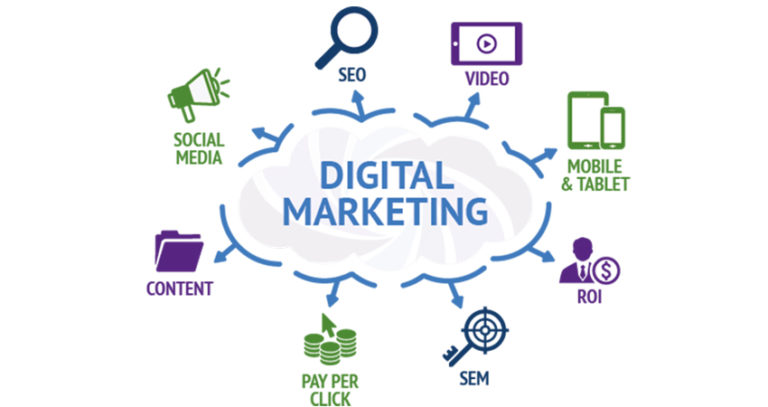The world of advertising in recent years has been changing rapidly. Consumers are becoming more aware of the practices used by companies, so it is no longer enough to show a beautiful woman or man using specific products. The goal of every advertising agency is, at least in part, to influence consumer behaviour so that they can get people’s attention through any means possible.
One of the most interesting ways to do so is virtual reality (VR), which has been around for years but didn’t see much use until recently when it became more widely available to the public.
What is Virtual Reality?
It is a computer-generated simulation of an environment, or a situation, that simulates a user’s physical presence in that world. When the simulation is convincing enough, users are immersed into it to such an extent that they feel and believe they are actually in it.
VR offers the unique opportunity for advertisers to place customers directly into their products— to really show them what’s on offer. For example, using technology like 360° videos, users are able to look in any direction they please — experiencing each moment with total awareness.
As the user continues to interact with the virtual environment, they are presented with different ads that are specifically targeted to their preferences.
Virtual Reality and Its Effect on Targeted Advertising
I think we can all agree that ads are an inevitable part of our society. But what if there was a way they could be more than just invasive and annoying? What if we could actually look forward to watching advertisements?
Well, there’s good news: with the evolution of virtual reality, this is becoming a possibility.
The most valuable aspect of virtual reality to any advertising agency is that it allows them to focus on their target market like never before.
For example, in the past, when shopping online for a new pair of shoes, you might have searched for “shoes” on your favourite online retailer. On the website, there are numerous products available, with large images showing off each individual shoe. However, you find yourself wondering if someone who is more of an outdoor clothing fan than a fashionista would prefer this certain shoe even though it is one of your favourite pairs.
In the past, you would have to take a chance on this purchase, but with virtual reality, advertisers can now use targeted ads that will appeal to those searching for outdoor gear rather than those relishing in the latest catwalk trend. This is just one example of how virtual reality is going to allow advertisers to hyper-target their audience.
Here’s how virtual reality can be used to make your next advertisement more interesting and engaging:
- Get customers involved with interactive content.
Buildings, products, and people are all interesting, but there’s nothing like immersing a customer in an experience that they can truly immerse themselves in. VR advertising can be interactive, allowing the user to explore and learn more about a product or service on their own terms.
- Make your advertisement memorable through an emotional experience.
There’s nothing like making someone laugh or cry to leave an impression on them. That’s why you should give people an experience that they will never forget with the power of VR. This could be anything from an incredible action scene to an emotional roller coaster ride, depending on what you’re selling.
- Make your advertisement relatable through a personalized experience.
Many people will relate easily to something if it seems like it was created specifically for them. For example, one of the most popular games at the moment, Pokemon Go!, allows players to design their own avatars and play as themselves in the game. The player is, therefore, able to create a more personalized experience.
The same concept can be applied to advertisements as well (especially those on trade shows). People like seeing things that remind them of themselves, so make your VR advertisement relatable by allowing people to create their own version of it.
- Give people a preview of what’s to come.
You don’t have to go all out with your VR advertising for people to be impressed by it. You can include teasers or previews at the end of regular advertisements, which will make your customers want to try out the full-length version even more.
- Bring your advertisement to life.
One of the unique aspects of VR is its ability to place people in a completely new world that they can experience with all five senses. While advertisements are usually flat and only involve the visual sense, VR elevates them into something more immersive that can be truly thrilling for those watching it unfold right before their eyes.
Takeaway
Marketers are using virtual reality to increase awareness, enhance bottom lines and radically change the way people are targeted. Its potential for financial profit has made it an important topic of discussion among brand managers, marketers, advertising agencies, and consumer psychologists around the world.
Given that it’s still in its very early stages, ways to successfully implement VR into marketing campaigns are under much debate. What is clear is that the potential for VR to be used as an advertising medium has the power to revolutionize the world of advertising once it is fully realized.


Comments are closed.